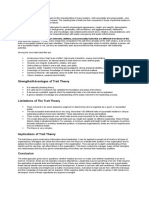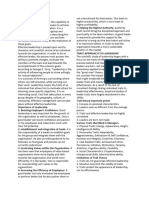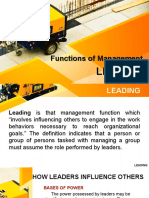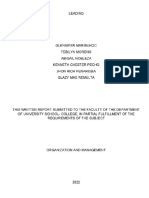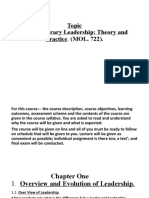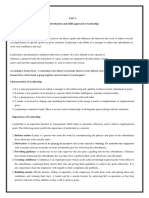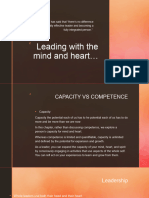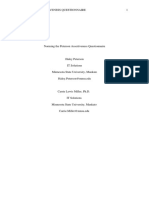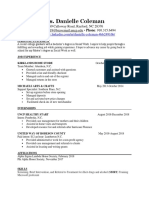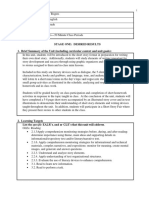0% found this document useful (0 votes)
75 views21 pagesModule 6 and 7 - Leadership and Personality Development
The document provides an extensive overview of leadership, emphasizing its definition, core concepts, and various theories, including trait and behavioral approaches. It highlights the importance of personal characteristics such as honesty, communication skills, and self-awareness in effective leadership, while also connecting these ideas to Indian ethos and values. Additionally, it discusses the significance of personality development in shaping an individual's character and enhancing leadership capabilities.
Uploaded by
Shyam RCopyright
© © All Rights Reserved
We take content rights seriously. If you suspect this is your content, claim it here.
Available Formats
Download as PDF, TXT or read online on Scribd
0% found this document useful (0 votes)
75 views21 pagesModule 6 and 7 - Leadership and Personality Development
The document provides an extensive overview of leadership, emphasizing its definition, core concepts, and various theories, including trait and behavioral approaches. It highlights the importance of personal characteristics such as honesty, communication skills, and self-awareness in effective leadership, while also connecting these ideas to Indian ethos and values. Additionally, it discusses the significance of personality development in shaping an individual's character and enhancing leadership capabilities.
Uploaded by
Shyam RCopyright
© © All Rights Reserved
We take content rights seriously. If you suspect this is your content, claim it here.
Available Formats
Download as PDF, TXT or read online on Scribd
/ 21




